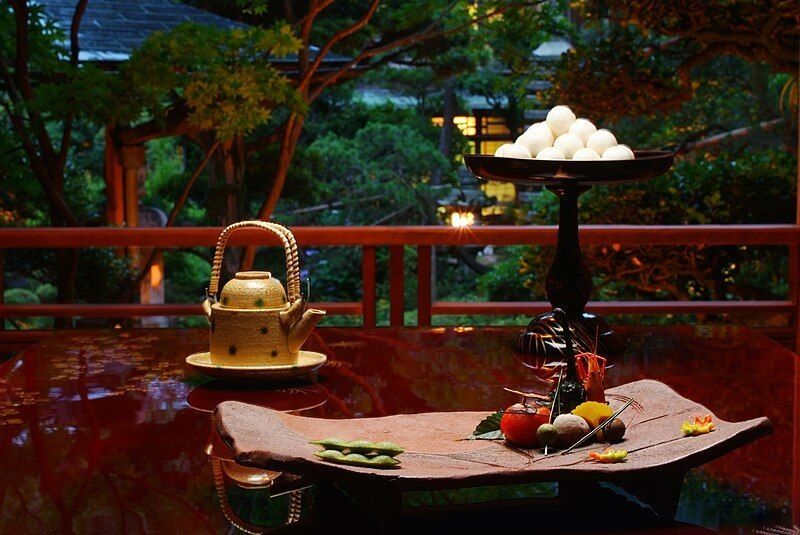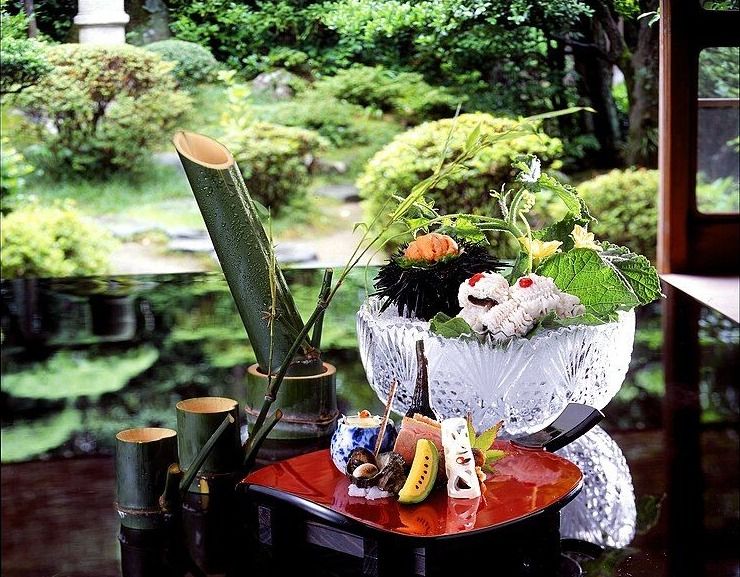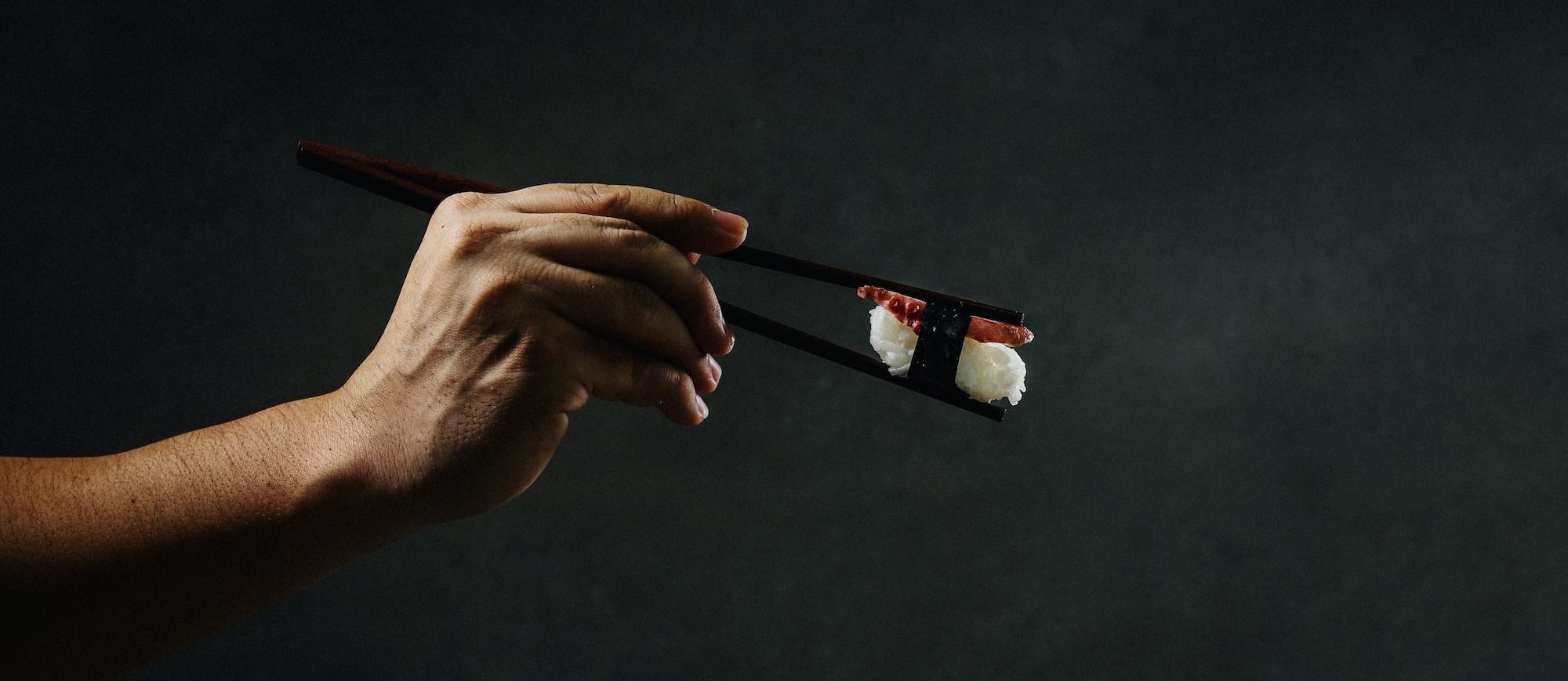Kaiseki Ryori - Japanese Haute Cuisine
Understanding The Japanese Fine Dining: Kaiseki Ryori

What Is Kaiseki Ryori?
Kaiseki ryori, often referred to as "Kaiseki," is a traditional Japanese multi-course meal that emphasizes seasonality and artistry. Originating from the Japanese tea ceremony, its dishes vary based on fresh, seasonal ingredients. This culinary experience is a blend of flavors, textures, and visual beauty, with dishes ranging from appetizers to sashimi, and from grilled items to desserts, all crafted to mirror the current season.
The curated tableware, the tranquil ambiance, and impeccable hospitality further elevate the experience. In essence, Kaiseki Ryori is a captivating journey through Japan's rich culinary heritage and values.
Kaiseki vs. Omakase: Key Differences
Core Concept: Kaiseki emphasizes seasonal ingredients and artful presentation in a multi-course meal. Omakase, meaning "I leave it to you," is a chef-driven experience, often highlighting fresh seafood.
Focus: Kaiseki mirrors the aesthetics of changing seasons, blending taste and visual appeal. Omakase relies on the chef's expertise and the day's best ingredients, frequently spotlighting sushi.
Structure: While Kaiseki has a set sequence, from appetizers to desserts, all reflecting the season, Omakase is more flexible, depending on the chef's choice and ingredient availability.
Experience: Kaiseki aims for a holistic dining experience, intertwining food, art, and nature. Omakase's charm is in its unpredictability and the chef's mastery in curating the best offerings.
Both dining styles showcase unique facets of Japanese culinary tradition, but with distinct emphases and experiences.
The Essence of Kaiseki Ryori
Kaiseki Ryori is a haute cuisine that showcases the chef's expertise, the ingredients' integrity, and Japan’s seasonal beauty. The courses are set but can vary in number, usually between 7 to 15, and each is designed to highlight different cooking techniques and the freshest seasonal ingredients.
The Symphony of Dishes: 12 Typical Courses in a Kaiseki Meal
1. Shokuzen-shu (食前酒):
A Japanese aperitif, is a pre-meal drink designed to whet the appetite before a Kaiseki feast. Often comprising beverages like sake or umeshu, its choice complements the meal's seasonal theme.
Beyond its flavor, shokuzen-shu is a sensory experience, often presented in elegantly crafted glassware.
2. Sakizuke (先附):
This serves as a bite-sized appetizer meant to whet the diner's appetite. While compact in size, it's grand in gesture. These petite offerings, whether it's a sliver of pristine sashimi, a morsel of grilled abalone, or a delicate tofu cube, encapsulate the season and the chef’s intent.
3. Hassun (八寸):
Hassun sets the seasonal tone in a Kaiseki meal, showcasing both marine and terrestrial ingredients. Chefs often incorporate sashimi, grilled fish, seasonal vegetables, and pickled items to represent the current season. Jellied dishes might present a dance of textures in just a bite, while a tiny portion of meat adds richness.
4. Suimono (吸物):
Suimono is a clear soup in Kaiseki, characterized by its aromatic broth. Typically infused with seasonal fish, seafood, or vegetables, it offers a refreshing pause in the meal's progression.
5. Mukōzuke (向付):
A signature cold dish in Kaiseki, Mukōzuke emphasizes artistically arranged premium sashimi cuts. Ingredients often spotlight fresh fish such as tuna varieties, flounder, or sea bream, elegantly presented to enhance their natural beauty. Most freshly caught fish destined for this dish will be prepared with the Iki Jime method to preserve and accentuate the intrinsic flavors and textures, elevating the sashimi experience to a sublime level.
6. Takiawase (煮合):
Takiawase presents separately simmered vegetables alongside meat, fish, or tofu. Ingredients like bamboo shoots, shiitake mushrooms, or seasonal greens are common. Paired with choices like chicken or tofu, diners can expect a harmonious blend of subtle, natural flavors accentuating each ingredient's essence.
7. Futamono (蓋物): 2nd Soup Course
Futamono, also known as wanmono (translating to "Japanese bowl"), represents a 'lidded dish' course, primarily a soup. Presented in a petite bowl or vessel with a cover, it often integrates elements like choice seasonal fish, select vegetables, and specific mushrooms.
Distinct from Suimono, futamono stands as its own course. It delivers robust, hearty flavors reminiscent of a main dish, and designed to refresh the palate.
8. Yakimono (焼物):
The yakimono course highlights grilled fish, chosen based on seasonal availability. Though "yakimono" also denotes earthenware, this dish occasionally features a ceramic or pottery element. As the selection of fish is season-driven, offerings differ throughout the year.
One might encounter charcoal-grilled rosy seabass from Tsushima Island, known for its soft texture and fragrant skin, or the Wakasa-prepared grilled sea bream, which is salt-garnished, marinated overnight, and grilled with a hint of soy sauce.
9. Shiizakana (強肴):
Translated as a "robust snack," Shiizakana is designed for pairing with sake in a Kaiseki meal. These dishes, often savory or notably salty, complement the more subtle Kaiseki flavors and promote sake consumption. Common ingredients include ohitashi, sunomono, and nimono, as well as traditional sake accompaniments like shiokara. Expect intense, balanced flavors that stand out in the meal's progression.
10. Gohan (御飯)
As we near the Kaiseki meal's finale, Gohan (or Shokuji) takes the spotlight. This dish primarily features rice, often infused with seasonal ingredients like fresh vegetables or fish. The chef meticulously selects ingredients to ensure the rice bursts with both flavor and tradition. Anticipate a wholesome taste, punctuated by the unique flavors of the incorporated seasonal elements.
11. Tome-wan (止椀)
Serving as the final savory course in a Kaiseki meal, Tome-wan is a soup that signals the transition to dessert. Chefs often use ingredients like miso or a clear broth as the base, incorporating seasonal vegetables, tofu, or small seafood bits.
Depending on the chef's choice and season, you might encounter bamboo shoots, mushrooms, or delicate fish pieces. The flavor profile is subtle yet fulfilling, offering a harmonious blend of umami and natural ingredient flavors, preparing the palate for the sweet finale.
12. Mizumono (水物)
Concluding the Kaiseki meal, Mizumono serves as the dessert course. Typically composed of seasonal fruits, sweet beans, or delicate jellies, this dish provides a gentle, sweet finish. Ingredients such as agar-agar (a plant-based gelatin), sweetened adzuki beans, or even matcha-infused sweets might be presented. Depending on the season, a chef might incorporate fresh cherries, persimmons, or citrus. Expect a balance of natural sweetness and subtle flavors, crafted to leave a lasting impression and bring the entire meal full circle.

The Elegance of a Kaiseki Dining Room
Kaiseki isn't solely about the food; it's a harmonious blend of culinary and sensory delights. Beyond the plate, the ambiance is paramount. A true Kaiseki dining room is set in an elegantly minimalist environment, exuding understated sophistication.
At its heart lies the tokonoma, a revered alcove. Each element within—be it the seasonal flowers or the curated scroll—echoes the spirit of the meal and the time of year. This commitment to detail extends to nature's integration into the dining space.
Ideally, a sliding glass door reveals a meticulously designed tsubo-niwa, or Japanese pocket garden, encapsulating the serenity of nature and amplifying the Kaiseki experience.
In sum, a Kaiseki dining room masterfully merges interior artistry with nature, elevating the entire culinary journey.

Kaiseki Etiquette: Dining with Respect
Order of Dishes: Follow the sequence given. Dishes come in a planned order, signifying a deliberate progression crafted by the chef.
Chopstick Etiquette: Place on the provided rest when not in use. Avoid pointing or waving them, and never let them stand upright in rice due to its resemblance to funeral rites.
Soup Manners: If served in a lidded bowl, place the lid aside. Consume broth directly from the bowl and use chopsticks for solids.
Sashimi Consumption: Lightly dip in soy sauce. If wasabi is given, apply it directly on the sashimi without mixing it in the sauce, preserving the intended flavors.
Expressions of Gratitude: Begin with a nod and "itadakimasu" before starting and conclude with "gochisousama deshita" to show appreciation.
Oshibori Towel: Reserved for hand-cleaning only.
Following these etiquettes enhances the dining experience, showing reverence for the tradition and the chef's expertise.


